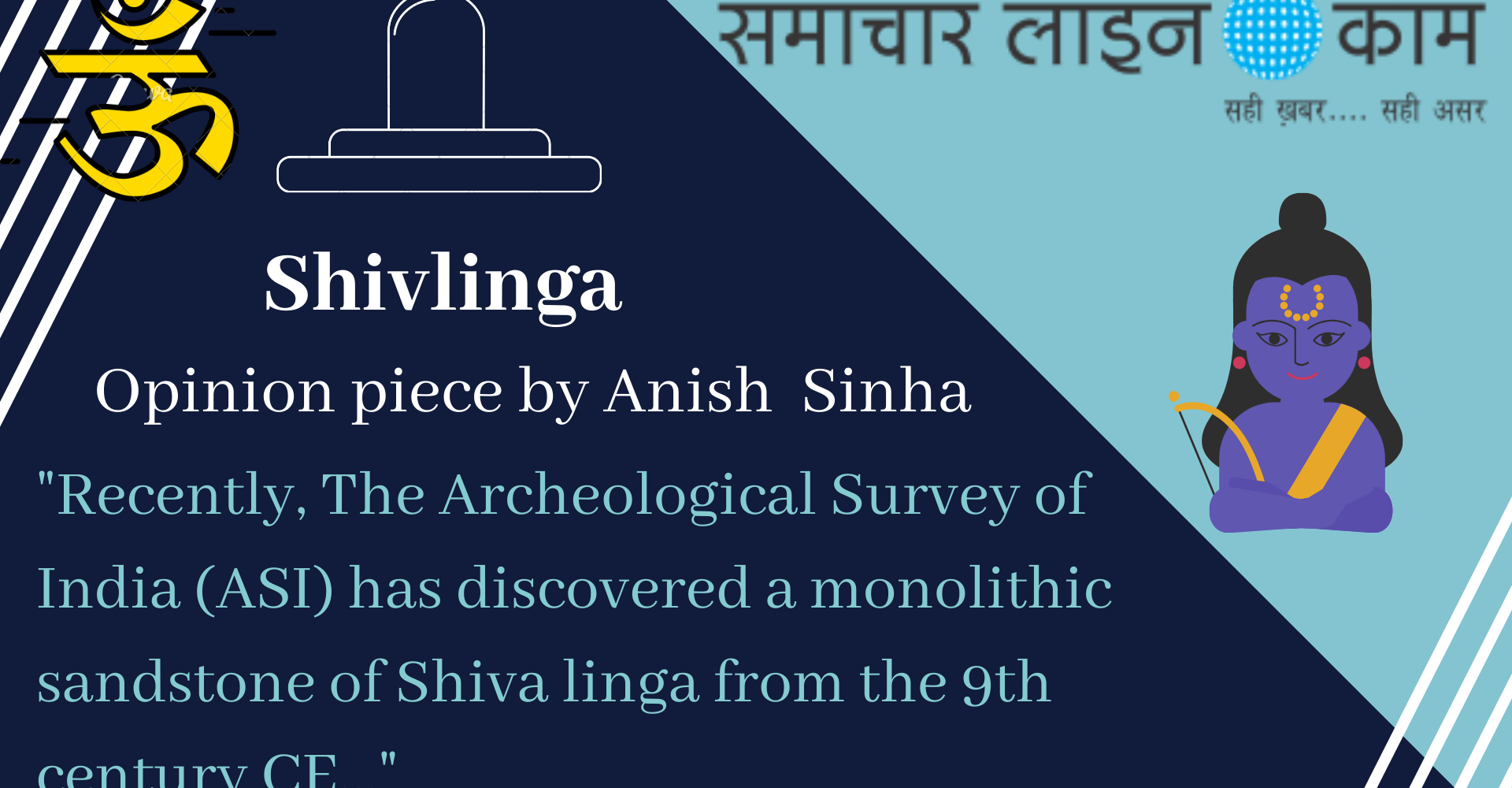Recently, The Archeological Survey of India (ASI) has discovered a monolithic sandstone of Shiva linga from the 9th century CE. This shivalinga was discovered during the continuing conservation project at Mỹ Sơn, a cluster of abandoned and partially ruined Hindu temples in Quảng Nam province in central Vietnam. The Sivalinga discovered here was the first kind of worshipping at My Son, its aniconic form also representing the divine authority of the Siva-empowered king, even today the Cham people still worship this way of Lord Siva.
Mỹ Sơn, could be a cluster of abandoned and partially ruined Hindu temples located at Quảng Nam province, central Vietnam. It was constructed between the 4th and also the 14th century by the Kings of Champa, which were also referred to as champ people by Vietnamese and most of their Temples with Shiva divinity. My son became a non secular epicenter during the rule of king bhadravarman within the 4th century, which was also known to be the longest period of development within the Indochina region. Mỹ Sơn is found at Quảng Nam Province in Central Vietnam, within an elevated geological basin surrounded by a hoop of mountains, which provides the watershed for the sacred Thu Bon river, which drain into south china sea near ancient port city of Hoi an. Temples in these regions were unique, like construction skills are technologically sophisticated which is evidence of Cham engineering skills which elaborates iconography and symbolism of the tower-temples. All the walls and boundaries of temples are constructed with fired brick, stone pillars and decorated with sandstone bas-reliefs depicting scenes from Hindu mythology. Temples in my son represent a vivid picture of spiritual and political life in a vital phase of the history of South-East Asia.
Champa dynasty which was also referred to as Tsioma and nagara Champa, was extended across the coast of what we are saying today’s central and southern Vietnam. Champa dynasty lasted from the 4th century to the 17th century AD.
If we talk of the structure of the Champa dynasty then we can classify Champa dynasty into five regions.
- Indrapura (present-day Dong Duong) served as the religious center of the kingdom.
- Amaravati is that the present day Quong Nam province
- Vijya, now Cha Ban
- Kauthara , that is modern Nha Trang
- Panduranga is understood today simply as Phan. Panduranga was the last Cham territory to be conquered by the Sino-Vietnamese.
Champa dynasty was a port city that flourished near the most important port,Kattigara. Cattigara was, in fact, the most port at the mouth of the Mekong River, a reputation derived from Mae Nam Khong, the Mother Water Ganga. Being a port city, it absolutely was connected with the full South Asia with China and India too.
Many Hindu artifacts of serious historical value are found in Vietnam. In 2001, 320 gold plaques were discovered, decorated with various Hindu divinities, like Garuda, Narasimha, Kurma and Durga. These plaques are identified because the earliest known Hindu iconographic images ever were discovered in Southeast Asia.
Even the dynasty is ruined, but today also the Chams are spread throughout East Asia. They’re predominantly Sunnite in Cambodia, Shia Islam in China and Buddhist in Thailand.

